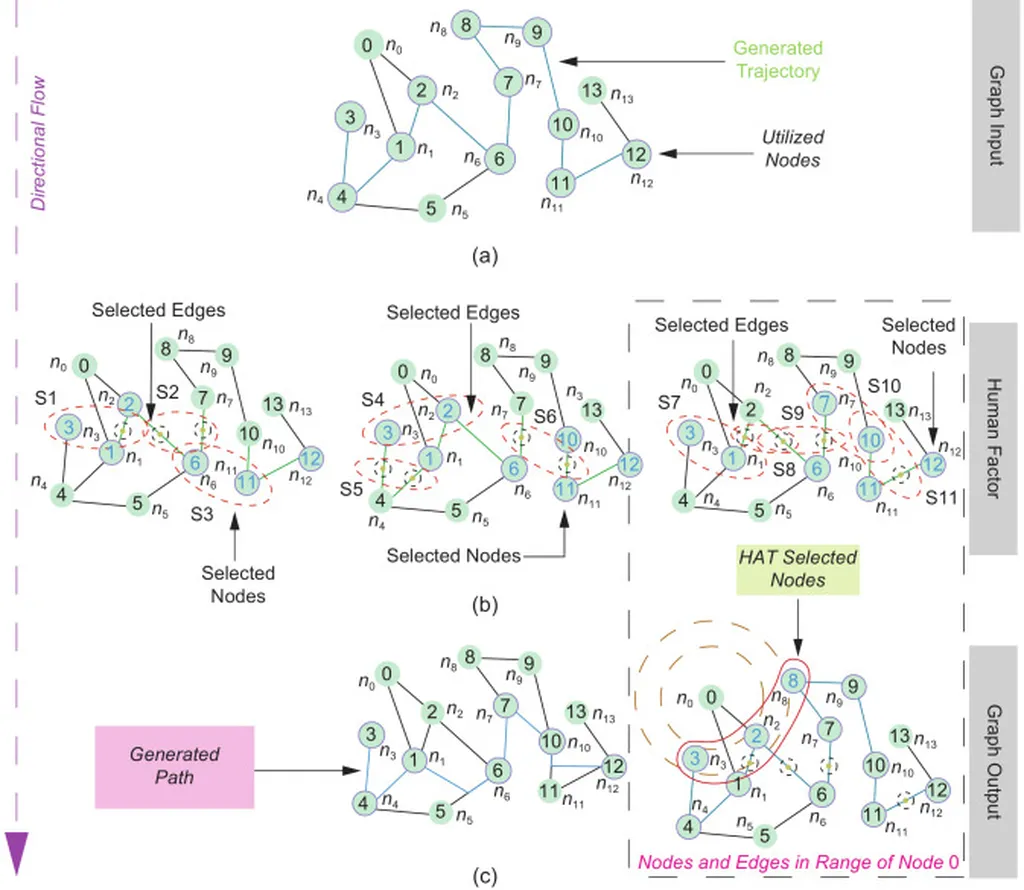In the ever-evolving landscape of power systems, the prevention of cascading failures is paramount to maintaining grid stability and minimizing economic losses. A recent study published in the journal *Energies*, titled “Research on an Algorithm of Power System Node Importance Assessment Based on Topology–Parameter Co-Analysis,” offers a novel approach to assessing the criticality of grid nodes, potentially revolutionizing how we safeguard our energy infrastructure.
The research, led by Guowei Sun of the School of Electrical and Electronic Engineering at Shandong University of Technology in China, addresses the limitations of the classical Local Link Similarity (LLS) algorithm. While LLS evaluates node importance from a neighborhood topology perspective, it often overemphasizes node degrees and overlooks crucial electrical parameters. Sun and his team set out to rectify these issues, first by developing the Improved Local Link Similarity (ILLS) algorithm and then by proposing the Electrical LLS (ELLS) algorithm.
The ELLS algorithm integrates node power flow and electrical coupling connectivity, significantly enhancing its adaptability to power grid contexts. “By incorporating electrical parameters, we’ve been able to achieve a more accurate assessment of node importance,” Sun explains. This innovation is crucial for the energy sector, as it allows for more precise identification of critical nodes, thereby mitigating the risk of cascading failures and the substantial economic losses they can cause.
The team applied these algorithms to the IEEE 300-bus system, evaluating their performance using the loss-of-load-size metric. The results were striking: the ELLS algorithm demonstrated approximately 25% higher accuracy compared to both the ILLS and the classical LLS algorithm. This enhanced accuracy is a game-changer for the energy sector, offering a more reliable method for assessing node importance and ensuring grid stability.
The implications of this research are far-reaching. As power grids continue to expand and become more complex, the need for accurate node importance assessments becomes ever more critical. Sun’s work provides a robust tool for energy professionals, enabling them to better understand and manage the intricacies of modern power systems.
Moreover, the integration of electrical parameters into the assessment process opens up new avenues for research and development. Future studies could explore the application of this approach to other types of networks, further broadening its impact.
In the quest for grid stability and economic efficiency, Sun’s research offers a significant advancement. As the energy sector continues to evolve, the insights gained from this study will be invaluable in shaping the future of power system management.

